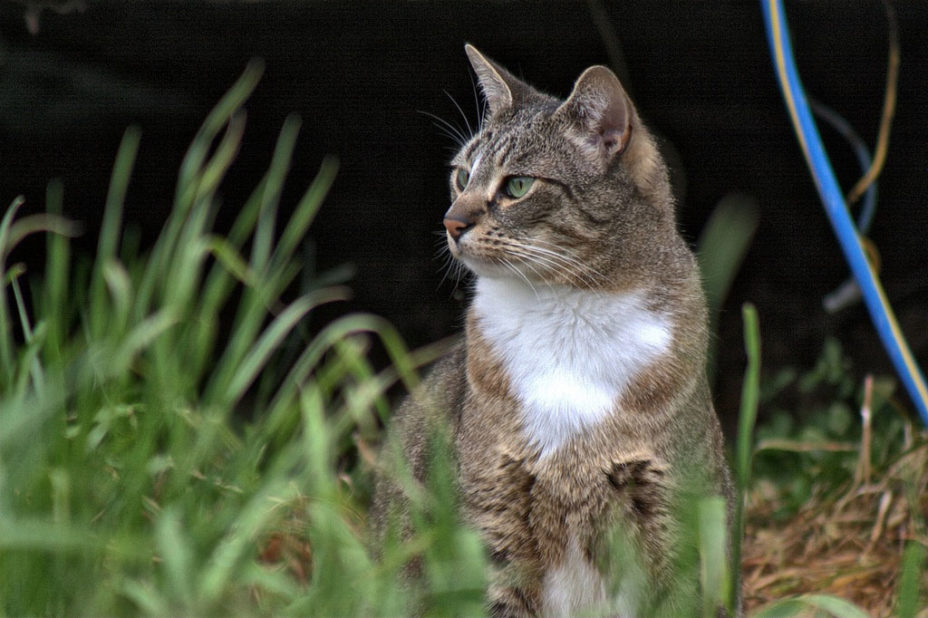Creating a More Compassionate World for Community Cats
By Gary Weitzman, DVM, president and CEO, San Diego Humane Society
In a report published in the San Diego Union Tribune on December 20, 2020 titled “San Diego Humane Society urged to stop releasing adoptable cats back onto streets,” reporter Morgan Cook noted that some animal advocates disagree about the best care for community cats. The issues around community cats are complex, and we want to help those who share a passion for animals learn more about why our programs are evolving and what we hope to achieve.
“Community cats” are outdoor cats with no identifiable signs of ownership, and they are found all over the world. San Diego County is home to an estimated 300,000-500,000 community cats. If that sounds like a lot — it is. Caring for community cats, while working to stabilize and reduce their numbers, is one of the most complex issues facing animal shelters today. And it’s one that leading animal welfare organizations, veterinarians and researchers are finding progressive solutions to address. In early 2021, San Diego Humane Society will launch a comprehensive community cat program that was developed with a simple, clear goal in mind: to help cats. We are committed to creating the best, most compassionate outcome for every animal in San Diego County, exactly what we’ve been committed to doing for more than 140 years.
Community cats can be feral or friendly, young or old. They live in urban areas, parks, canyons, backyards and beach communities. New programs to provide the best care for these cats are complex and often misunderstood — but they are critically needed. Traditional sheltering practices have not been effective in caring for or reducing the numbers of community cats. Shelter environments are extremely stressful for cats–even for sociable cats—and prolonged housing in a shelter can lead to severe health challenges and significantly diminished quality of life.
San Diego Humane Society, along with other leading animal welfare organizations such as Alley Cat Allies, American Pets Alive, the ASPCA, Best Friends, HSUS, the Koret Shelter Medicine Program at the University of California, Davis, and Maddie’s Shelter Medicine Program at the University of Florida, are doing just that. Support for community cat programs spans multiple sectors, from shelter workers to veterinarians to advocacy groups. All agree that the most humane way to care for community cats is to develop programs that spay/neuter, vaccinate, and quickly return them to their outdoor homes. In addition to being what’s best for individual cats, this is the only approach proven to reduce the numbers of community cats over time.
This program will only apply to healthy cats who demonstrate they are doing well living outside. It does not apply to cats who are unhealthy, were relinquished or abandoned by their owners, or found in a dangerous place. In most cases it will also not apply to kittens under 6 months of age.
We encourage everyone who shares our passion for animals to visit sdhumane.org/communitycats to learn more, and join us in creating a brighter future for cats everywhere.

Category: Animals, Local News, Nonprofit







